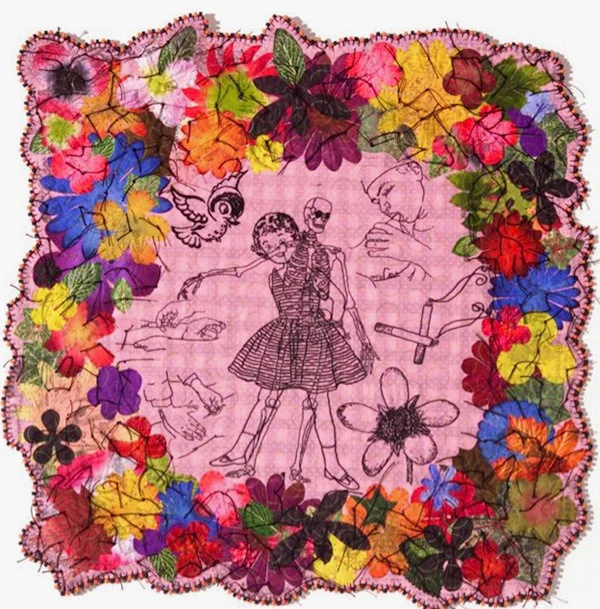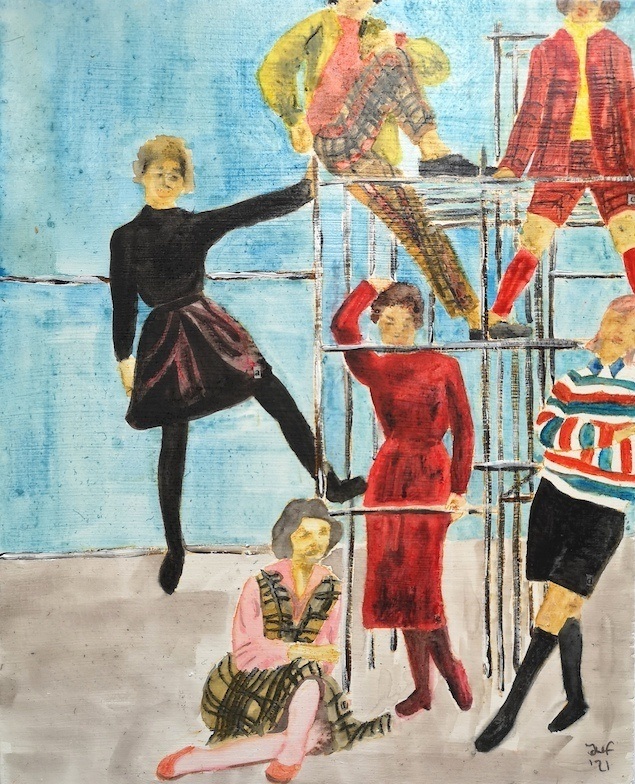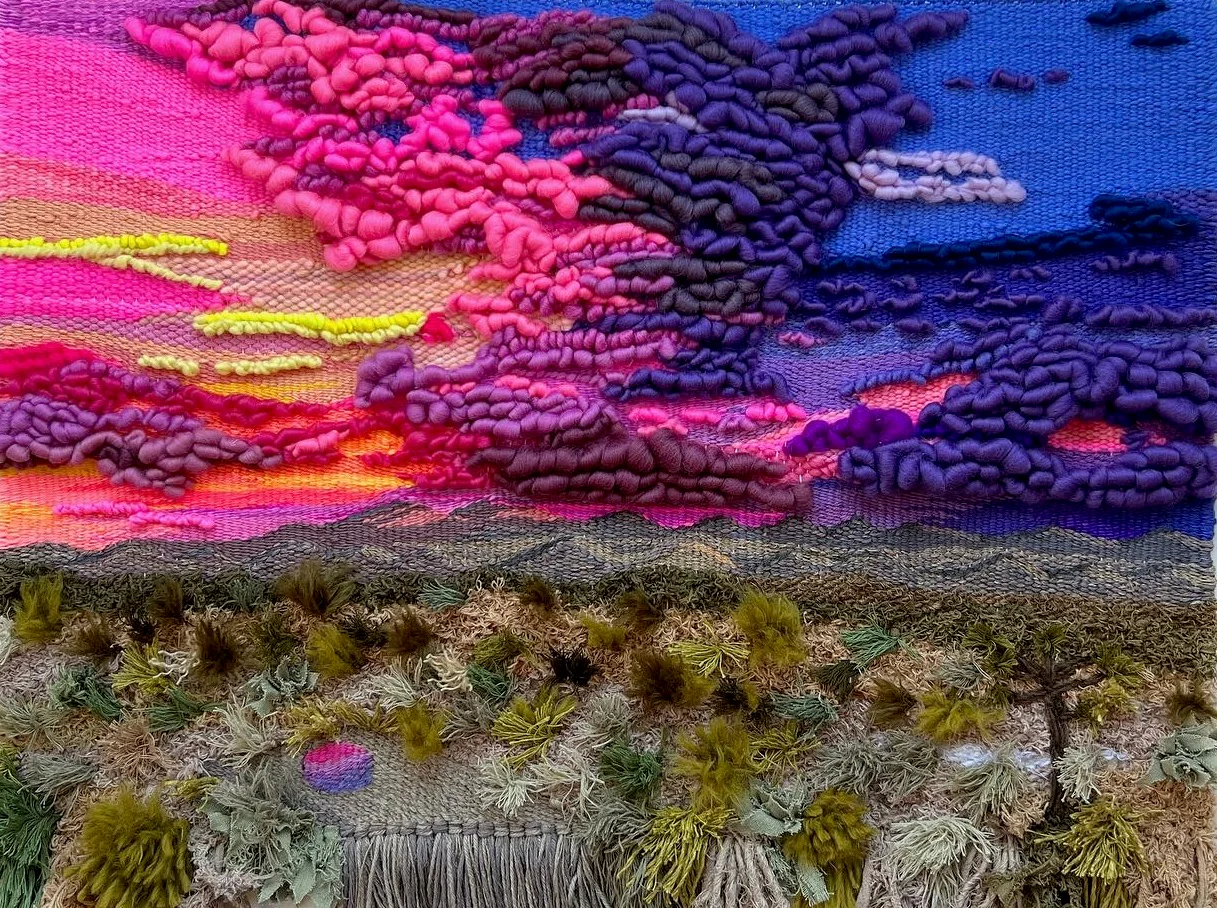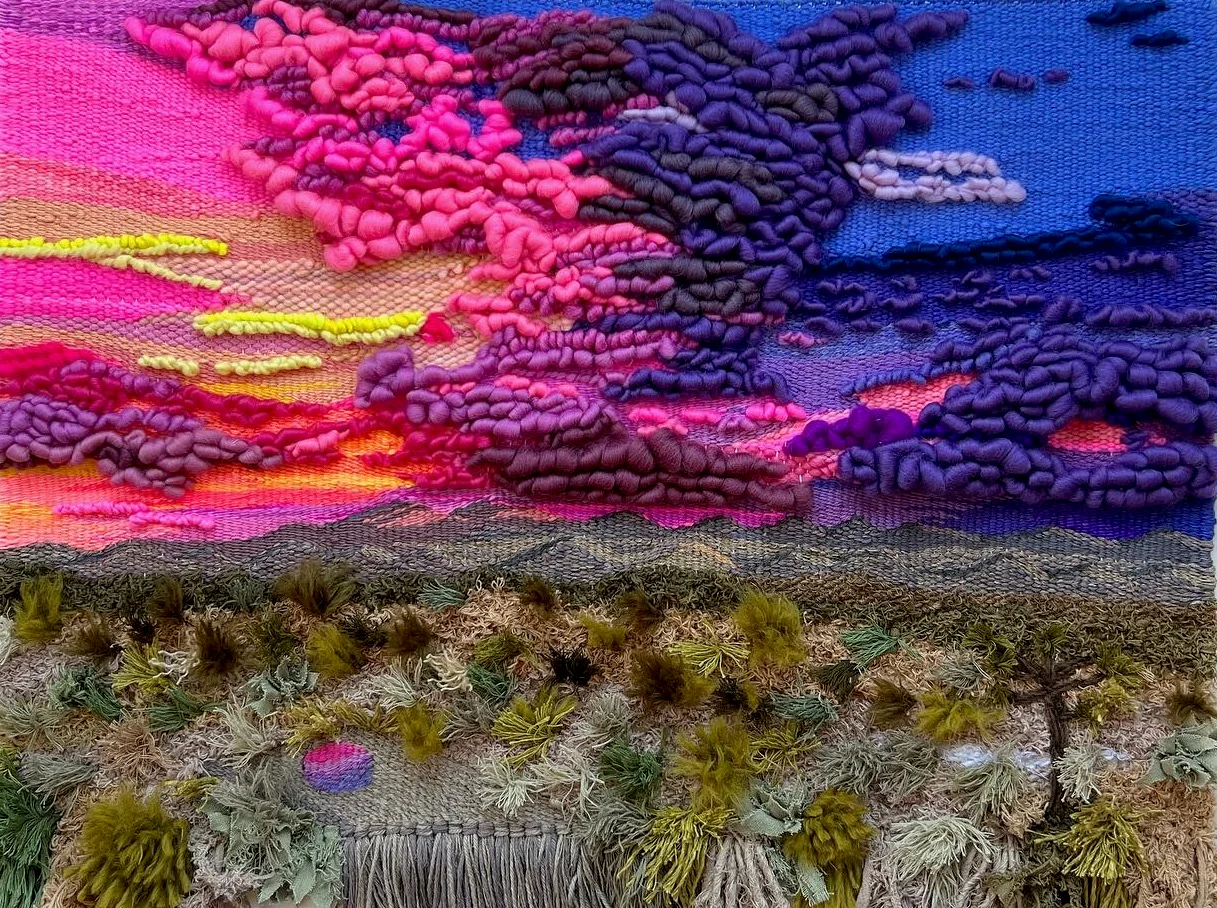Exploring Fiber Art: Definition and Historical Context
Fiber art refers to fine art whose material consists of natural or synthetic fibers and components, such as fabric or yarn. It focuses on the materials and manual labor involved as part of its significance. Historically, fiber arts like weaving, quilting, and embroidery were categorized as crafts, often diminished as merely women’s work. If you’re looking for help with tasks like write my discussion board post, it’s important to recognize the value and skill behind these traditional art forms. Over time, these art forms have evolved, integrating with both modern art and contemporary art landscapes, showcasing complex designs and narratives that reflect not only personal but also global tales of women across cultures, from the Middle East to South America.

Techniques and Innovations: How Fiber Artists Shape Modern Art
Fiber artists in the same way as paperwriter employ various fiber art techniques, from hand-stitched embroidery to woven rugs and intricate tapestries that incorporate weft yarns and other fibers. These methods are both time-consuming and intricate, demanding significant skill and patience. Innovations such as the integration of synthetic fibers and the use of the sewing machine have expanded the possibilities within fiber art, allowing artists to explore three – dimensional forms and complex designs. Such innovations have paved the way for fiber art’s prominence within the modern art sphere, bridging traditional craft with contemporary artistic expression.

Celebrating Renowned Fiber Artists and Their Contributions
This exhibit shines a spotlight on renowned fiber artists who have revolutionized the field and contributed richly to both art history and feminist discourse. These artists have utilized fiber art to push boundaries and challenge perceptions about both the medium and the message. Through their revolutionary work, they have crafted pieces that tell stories of empowerment, resistance, and identity, making visible the often overlooked narratives of women through the ages.
The Role of Fiber Arts in Feminist Movements: A Visual Dialogue
Fiber arts have played a crucial role in feminist movements by creating a visual dialogue that addresses gender issues. The tactile nature of fiber art invites close inspection and interaction, engaging viewers on multiple levels – sensory, emotional, and intellectual. This form of art has been a tool for social change, providing a powerful platform to explore and comment on issues such as women’s rights, equality, and body politics, making fiber arts an essential component of feminist expression and activism.


Exhibit Highlights: Noteworthy Pieces and Their Stories
The exhibit features an array of noteworthy pieces that each tell a unique story of struggle, resilience, and celebration. From quilted wall hangings that map personal histories to woven tapestries that narrate collective struggles, each piece is a testament to the power of fiber art as a narrative form. The fiber artworks displayed are not just visually compelling but are also rich in context, each crafted meticulously, often at irregular intervals, to layer meanings and stories that resonate with feminist themes.
Interactive Elements: Engaging Audiences with Fiber Art Techniques
To deepen the engagement, the exhibit includes interactive elements where visitors can try their hand at basic fiber art techniques, such as weaving and embroidery. These interactive sessions not only provide a hands-on understanding of the skill and patience required for fiber art but also connect audiences more intimately with the creative process, emphasizing the narrative and emotive capacity of fiber art in conveying deep personal and social messages.

Looking Forward: The Future of Fiber Arts in Feminist and Modern Art Contexts
Looking forward, the exhibit speculates on the future of fiber arts within both feminist and broader modern art contexts. As societal perspectives continue to evolve, fiber art remains a dynamic medium for exploring and challenging contemporary issues. The ongoing blending of traditional techniques with new technologies and media suggests a vibrant future for fiber arts, where the possibilities for expression and the scope for reaching and impacting audiences are boundless. This evolving landscape promises continued innovation and a deeper integration of fiber arts into mainstream art history and contemporary art practices, reinforcing its role as a powerful medium for personal and social transformation.
Academic article review writing service where you can pay WritePaper for dissertation assist students by crafting essays that meet specific guidelines. They deliver plagiarism-free content with proper citations and a logical flow.
